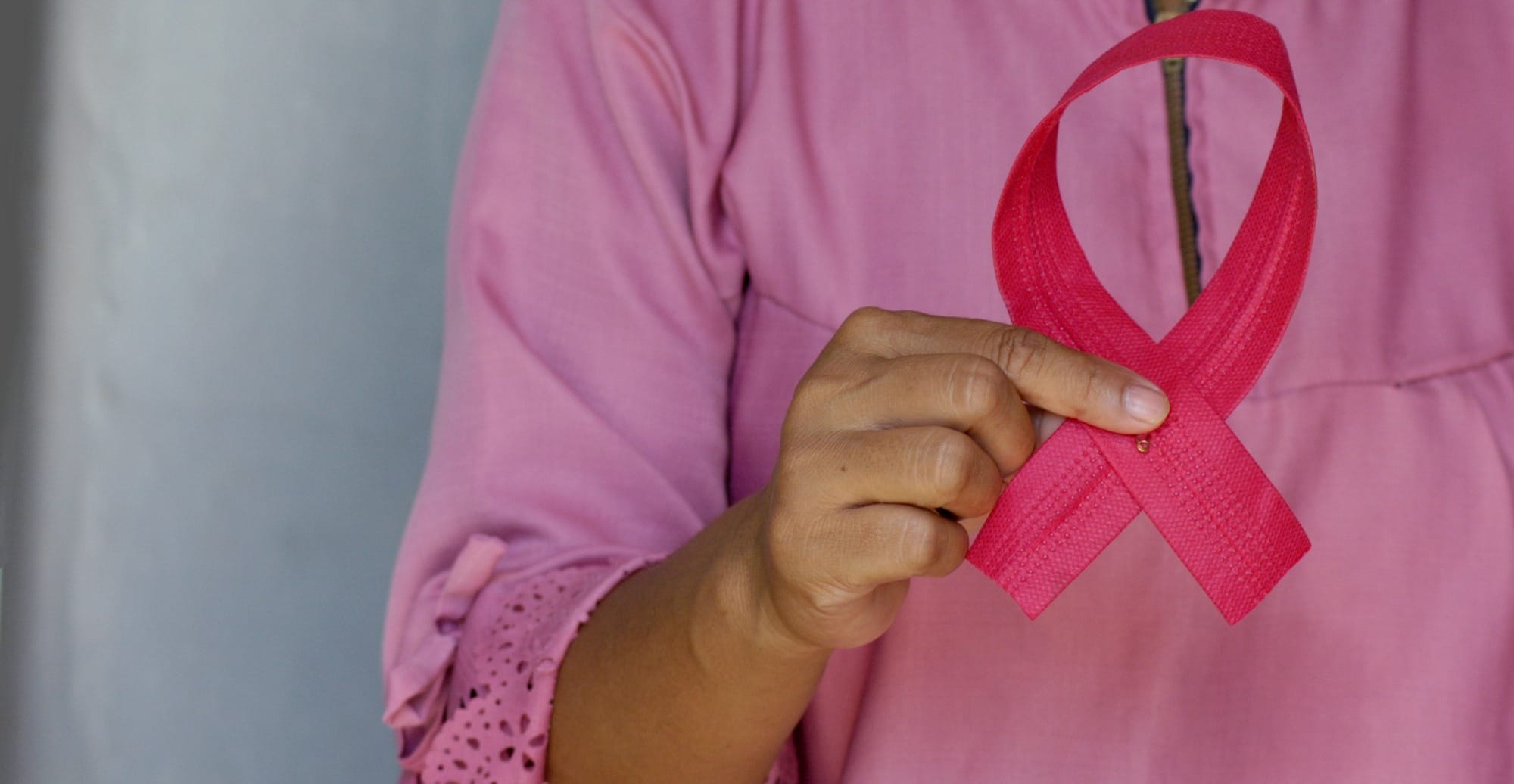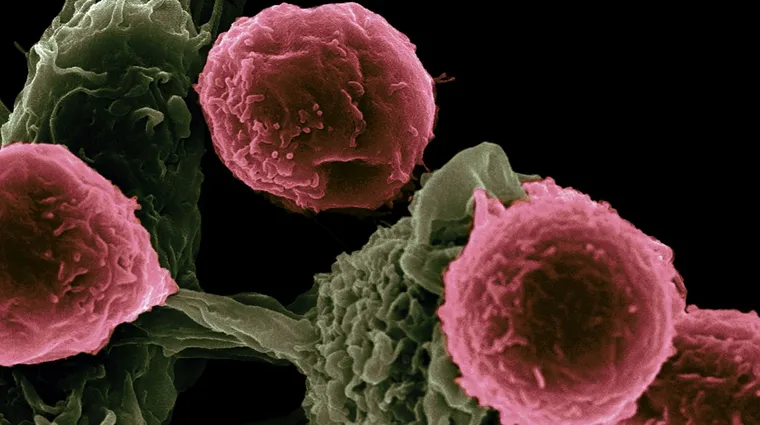Be aware, a lump or mass in the breast isn't the only sign pointing towards this disease. There are a number of subtle changes that could indicate a potential problem, like skin irritation, redness, breast pain or even changes in your nipple.
An Overview of Breast Cancer
Breast cancer is a malicious disease that develops in the cells of the breasts. It's widely recognized as one of the major health concerns for women across the globe, though it should be noted that it can affect men too. Breast cancer prevalence and mortality rates have urged medical research to heavily focus on understanding its underlying causes, prevention methods, and treatment options. Despite the heavy burden it casts, early detection and advancements in treatment have significantly improved survival rates.
The prognosis for breast cancer is typically more favorable when the disease is identified early. Key to this early detection is regular screening, particularly mammograms, for women at increased risk due to age or family history. A mammogram can detect changes in breast tissue that may not be felt or seen with self-examinations. Despite common misconceptions, mammograms aren't just for those who have symptoms or family history of breast cancer - they are a crucial part of general health maintenance for all women. Remember, your first line of defense against breast cancer is staying informed and proactive about your health.

Breast Cancer: Types and Stages
Breast cancer may arise from diverse parts of the breast, primarily from either the ducts, the tubes that transport milk or the lobules, the glands making milk. Invasive breast cancer, a type that has spread beyond the initial tissue, can take various forms such as Invasive Ductal Carcinoma (IDC) or Invasive Lobular Carcinoma (ILC). Each comes with its unique symptoms, influenced greatly by the particular stage of the disease.
Staging of breast cancer is vital in determining the breadth of the cancer's invasion and guiding the treatment process. It ranges from stage 0, also known as non-invasive breast cancer, which ordinarily does not cause blatant physical symptoms due to the small size of the tumor to more advanced stages such as stage IV, characterized by the spread of the cancer beyond the breast and its nearby lymph nodes. Being aware of your breast cancer stage takes precedence in carving an effective treatment plan.
Common Early Signs of Breast Cancer
When we talk about early signs of breast cancer, some of the most commonly reported indications revolve around physical changes in the breasts. Typically, these changes may include swelling, redness, or visible distinctions in one or both breasts. An alteration in size or shape of the breast(s), modifications in the appearance of one or both nipples, and nipple discharge that isn't breast milk may also signal the onset of breast cancer. It's also not uncommon for a general pain in any part of the breast to be pre-eminent. However, it's worth noting that a painless lump in the breast often represents the first sign of this disease.
The invasion of cancer into tissues often brings about more specific warning signs. Irritated or itchy breasts, a change in breast color, a sudden increase in breast size or shape, or alterations in touch such as hardness, tenderness, or warmth could all indicate invasive breast cancer. Other symptoms might include peeling or flaking of the nipple skin, a lump or swelling in the underarm lymph nodes, as well as redness or pitting of the breast skin, akin to the skin of an orange. These early detection signs are vital to understand as prompt identification can significantly enhance the outcome and available treatment options for breast cancer.
While some common warning signs, like lumps in the breast or changes in nipple appearance, are well-known, there are lesser-known symptoms that often go unnoticed. Unearthing these could lead to an earlier diagnosis and improved prognosis.
1. Nipple discharge: Any form of unexpected nipple release, especially a clear or bloody one, may signify a breast cancer condition. This discharge may occur without any stimulation or pressure on the nipple.
2. Breast or Nipple Pain: Persistent pain or discomfort in the breast or nipple area, which doesn’t align with your menstrual cycle, could be a warning sign.
.3. Change in Breast or Nipple Appearance: Subtle changes, such as turning inward of the nipple or an altered breast shape or size, may commonly be overlooked.
4. Swelling in the Armpit: Breast cancer might spread to the lymph nodes in the underarm before it’s detectable via a mammogram or self-exam, causing swelling in this area.
5. Color Change in the Breast: A reddish, pitted surface similar to the skin of an orange, termed ‘peau d'orange,’ may be a symptom of inflammatory breast cancer.
6. Unusual Heaviness or Tenderness: An uncommon sense of heaviness, burning, or aching in one breast might also signal breast cancer, particularly in cases where no distinct lump is detected.
7. Unexpected Weight Loss: While weight loss is generally considered healthy, unexpected loss without any changes in diet or exercise patterns may indicate an underlying health issue, including breast cancer. Always seek medical advice if you notice such unexplained weight loss.
Remember, early detection is the key to successful treatment. If you notice any of these signs, consult your healthcare provider without delay.

